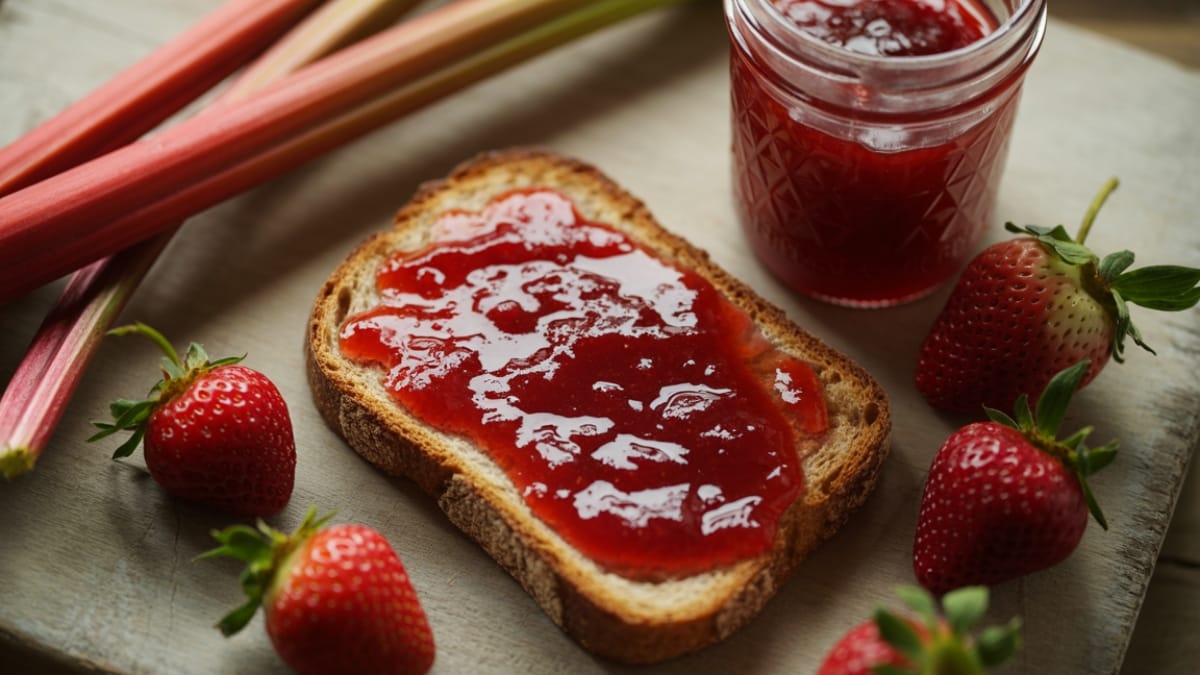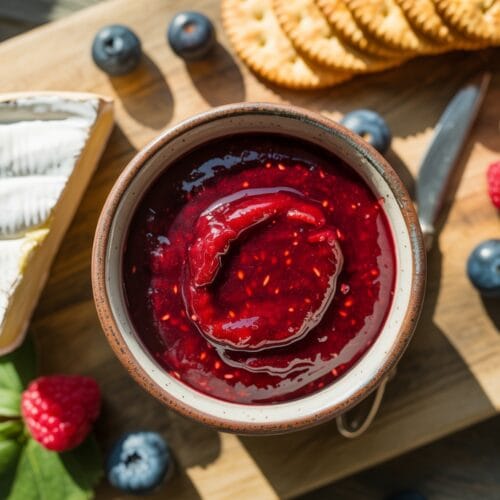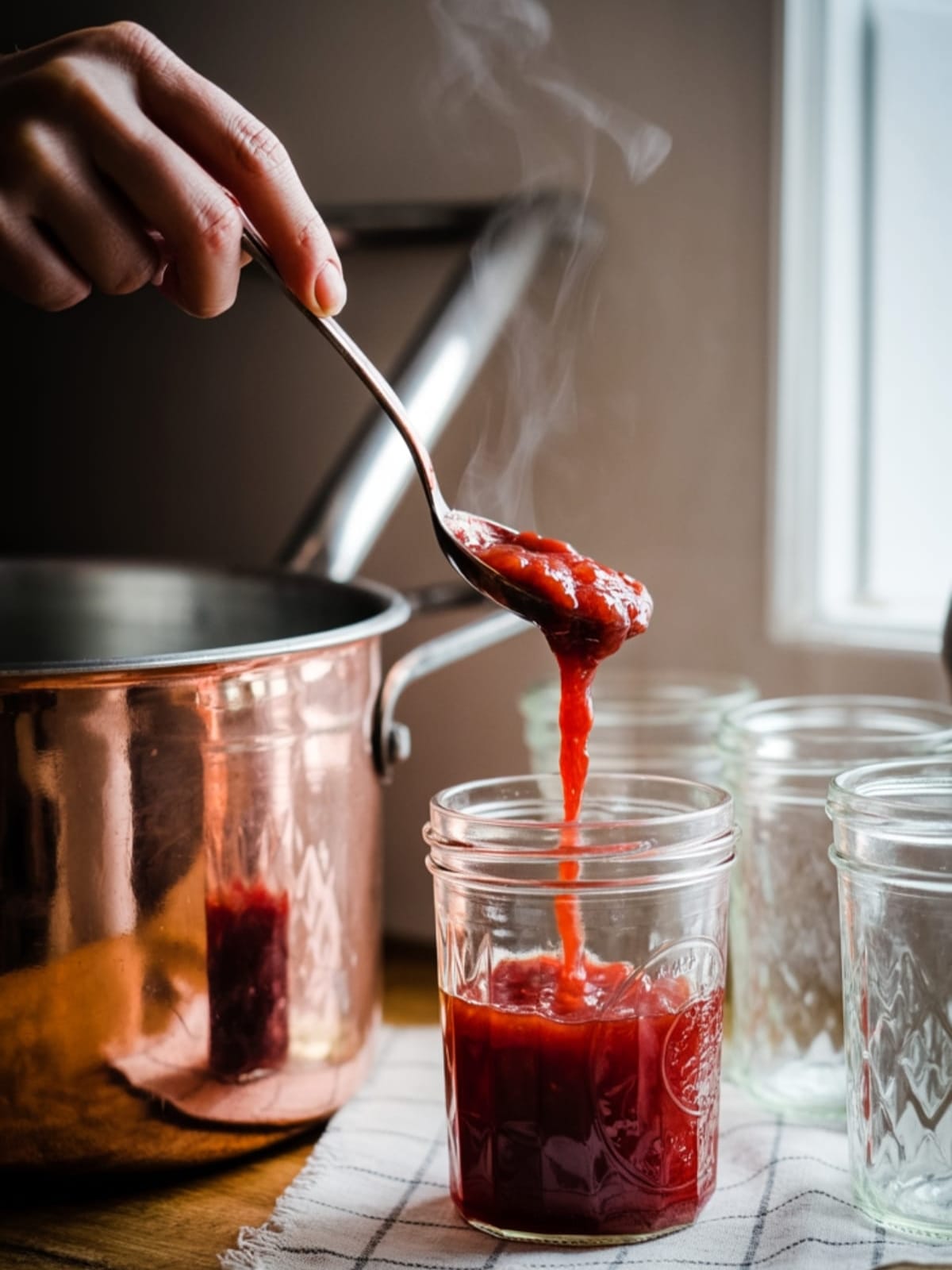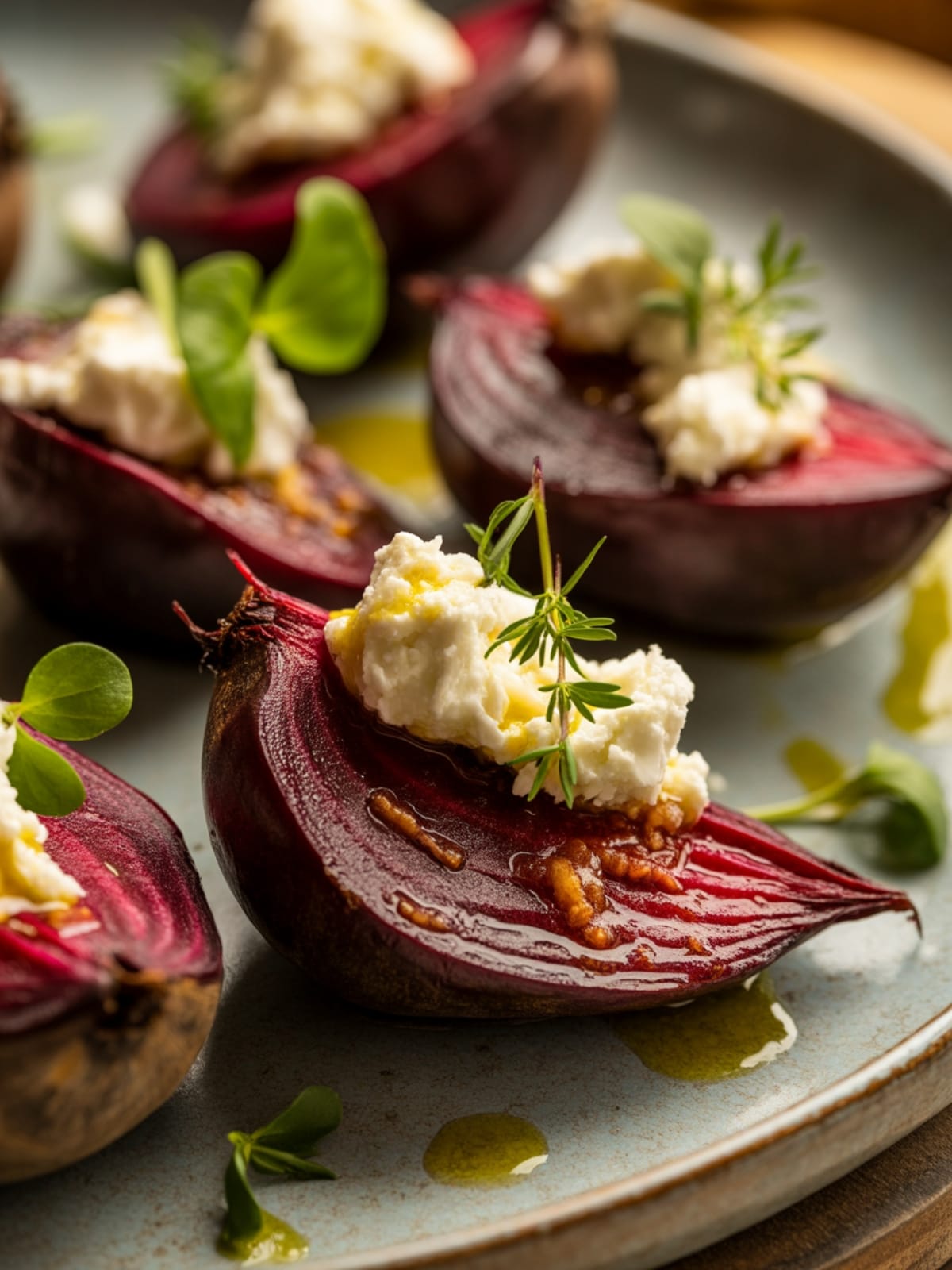There’s something almost magical about opening a jar of homemade jam—that satisfying pop of the seal breaking, the vibrant color gleaming in the morning light, and the promise of incredible flavor waiting inside. Strawberry Rhubarb Jam offers that perfect balance of sweet and tart that commercial versions rarely capture. It’s the kind of spread that makes ordinary toast extraordinary and transforms a simple scone into something worth lingering over with your morning coffee.
Why This Recipe is Awesome

This Strawberry Rhubarb Jam recipe stands out because it captures the essence of early summer in every spoonful. The partnership between sweet, juicy strawberries and tart, complex rhubarb creates a jam with remarkable depth—neither fruit overpowers the other, but together they create something more interesting than either could alone.
What makes this recipe particularly special is its versatility. It requires minimal ingredients and delivers consistent results whether you’re a first-time jam maker or a seasoned preserver. Unlike many preserves that call for commercial pectin, this recipe relies on the natural pectin in the fruits and a longer cook time, resulting in a more authentic, homestyle texture with concentrated flavor.
The beautiful ruby color also makes it gift-worthy—perfect for holiday baskets or hostess gifts that show thoughtfulness beyond store-bought options.
Equipment needed: Large heavy-bottomed pot, wooden spoon, canning jars with lids, jar funnel, candy thermometer (optional), potato masher

Strawberry Rhubarb Jam
Ingredients
- 4 cups fresh rhubarb trimmed and cut into ½-inch pieces (about 1 pound)
- 4 cups fresh strawberries hulled and quartered (about 2 pints)
- 3 cups granulated sugar
- ¼ cup fresh lemon juice from about 2 lemons
- 1 teaspoon vanilla extract optional
- Pinch of salt
Instructions
- Prepare your workspace and equipment by washing your jars and lids in hot, soapy water. If you’re planning to can for shelf stability, sterilize jars in boiling water for 10 minutes.
- Combine rhubarb, strawberries, and sugar in a large bowl, stir gently, and let stand for 20-30 minutes. This draws out the juices and helps dissolve the sugar before cooking begins.
- Transfer the fruit mixture to a large, heavy-bottomed pot and add lemon juice and salt. The wide surface area will help with faster evaporation and prevent scorching.
- Bring the mixture to a full rolling boil over medium-high heat, stirring frequently to prevent sticking. Once boiling, reduce heat to medium and continue to cook, stirring occasionally.
- Use a potato masher to break down larger fruit pieces to your desired consistency—some prefer a chunkier jam, while others like it smooth.
- Continue cooking for 40-50 minutes until the jam thickens noticeably and reaches 220°F on a candy thermometer (if using). Alternatively, place a small amount on a chilled plate—it should not run when tilted.
- Remove from heat and stir in vanilla extract if using. Let the jam rest for 5 minutes—this helps distribute the fruit evenly throughout the jam as it begins to set.
- Ladle hot jam into prepared jars leaving ¼-inch headspace. Wipe rims clean, apply lids and bands, and process in a water bath for 10 minutes if canning for shelf stability.
- Remove jars from water bath and allow to cool completely on a towel-lined countertop for 24 hours. You’ll hear satisfying “pings” as the lids seal properly.
Notes
- For a smoother jam, pulse strawberries briefly in a food processor before combining with other ingredients.
- Freezing is an excellent alternative to water bath canning—simply leave ½-inch headspace in freezer-safe containers.
- This jam continues to thicken as it cools, so don’t overcook it based on hot consistency.
- For a festive twist, add 2 tablespoons of balsamic vinegar or a cinnamon stick during cooking.
- If rhubarb isn’t in season, frozen works nearly as well—just thaw and drain excess liquid before using.
Calories & Nutritional Info
- Calories: Approximately 35-40 calories per tablespoon
- Sugar: 9g per tablespoon (primarily from natural fruit sugars and added sugar)
- Fiber: 0.5g per tablespoon
- Allergens: Free from common allergens (dairy, nuts, gluten, eggs, soy)
- Dietary suitability: Vegan, vegetarian, gluten-free
Common Mistakes to Avoid
- Not cooking long enough – Undercooked jam won’t set properly and may spoil more quickly. Look for that distinctive thickening when a spoon drawn through leaves a clear path that slowly fills back in.
- Skipping the maceration step – Allowing the fruit to sit with sugar pulls out juices and helps ensure even cooking and sugar dissolution.
- Cooking at too high heat – This causes scorching and a burnt taste. Maintain a gentle, steady simmer after the initial boil.
- Using overripe strawberries – While fully ripe is best for flavor, overripe berries have less pectin and can make setting more difficult.
- Skipping the lemon juice – This isn’t just for flavor; the acidity is crucial for proper setting and safe preservation.
Alternatives & Substitutions
- Sweetener options: Replace up to half the sugar with honey for a different flavor profile, though this may slightly affect the set.
- Berry variations: Substitute up to half the strawberries with raspberries or blackberries for a mixed berry rhubarb jam.
- Lower sugar version: Reduce sugar to 2 cups and add 1 package low-sugar pectin, following pectin package instructions for cooking time.
- Spice additions: Add ½ teaspoon ground ginger or cardamom for a subtle warmth and complexity.
- No rhubarb option: If rhubarb is unavailable, use 8 cups strawberries and increase lemon juice to ⅓ cup for tartness.
FAQs
How do I know when my jam is done cooking?
The jam is ready when it reaches 220°F on a candy thermometer, or when a small amount placed on a frozen plate wrinkles when pushed with your finger after cooling for a minute. You’ll also notice the bubbles become smaller and the mixture thickens substantially.
Why did my jam turn out runny?
Runny jam typically results from insufficient cooking time, overripe fruit with lower pectin content, or inaccurate proportions of sugar to fruit. Remember that jam continues to thicken as it cools, so slight runniness while hot is normal.
How long does homemade Strawberry Rhubarb Jam last?
Properly canned jam stored in a cool, dark place will maintain optimal quality for 12-18 months. Once opened, refrigerate and use within 3-4 weeks. Freezer jam keeps well for up to 1 year in the freezer.
Can I reduce the sugar in this recipe?
Sugar does more than sweeten—it helps with preservation, texture, and set. You can reduce by up to ⅓, but I recommend adding commercial pectin designed for low-sugar recipes to ensure proper setting.
What if I don’t have canning equipment?
No problem! Make refrigerator jam instead—simply cook the jam, transfer to clean jars, cool completely, then store in the refrigerator for up to 3 weeks, or freeze for longer storage.
Final Thoughts
There’s something deeply satisfying about transforming seasonal produce into Strawberry Rhubarb Jam that captures sunshine in a jar. Beyond the delicious results, the process itself—the rhythmic stirring, the gradual thickening, the sweet aroma filling your kitchen—offers a moment of connection to generations of home preservers before us. Whether this is your first batch or your fiftieth, I hope you enjoy both the process and the delicious rewards.






